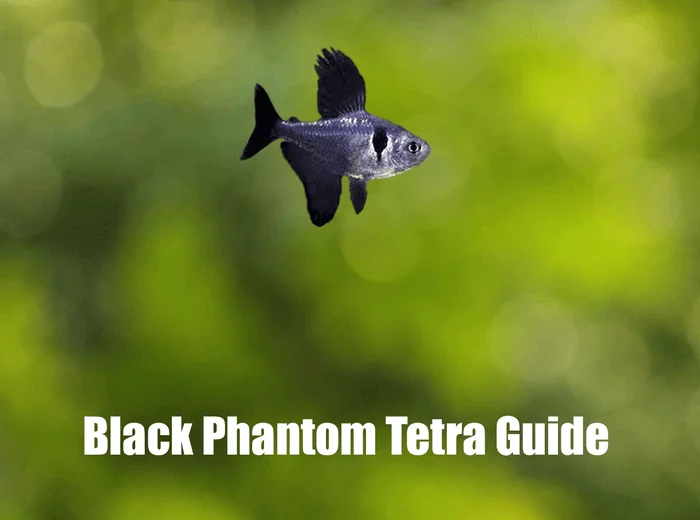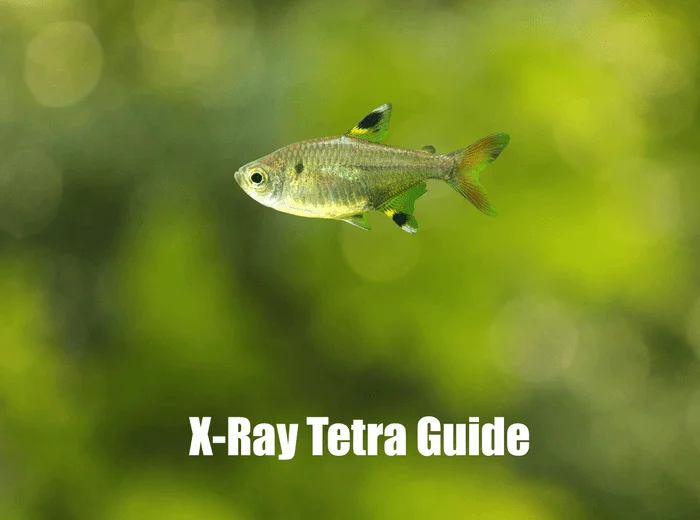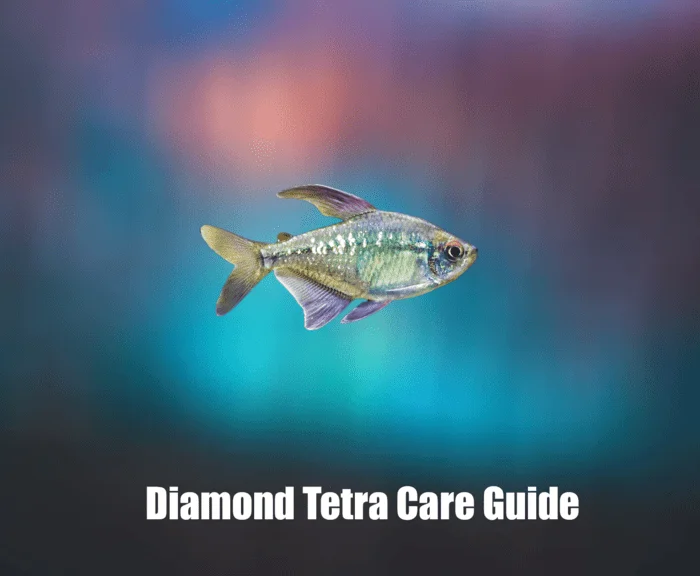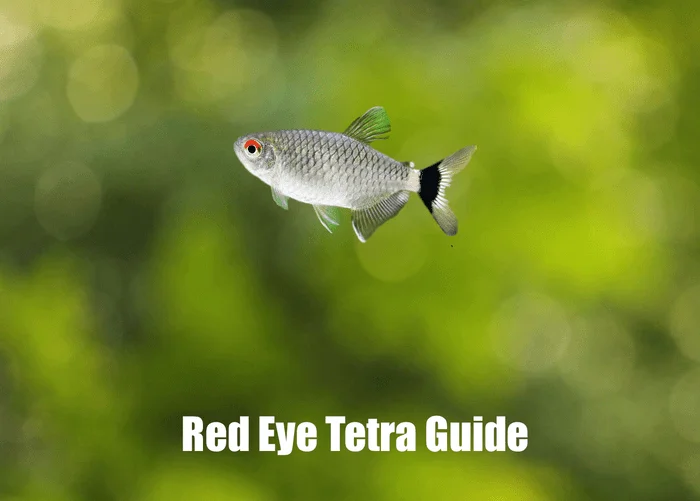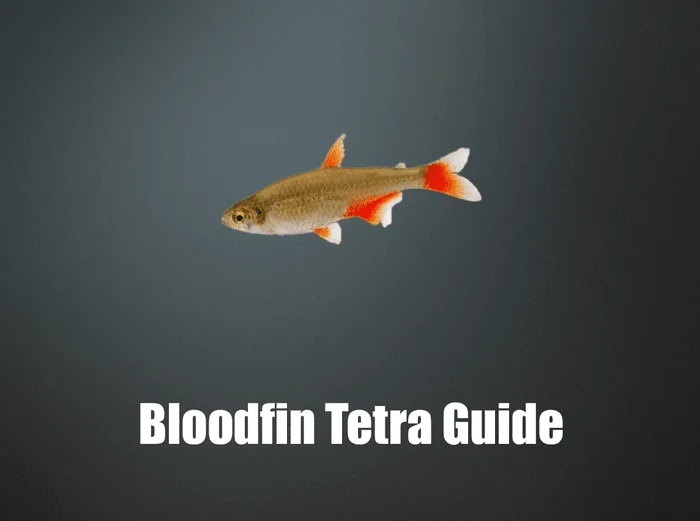Complete Care Guide for Mexican Tetra: Sight Unseen
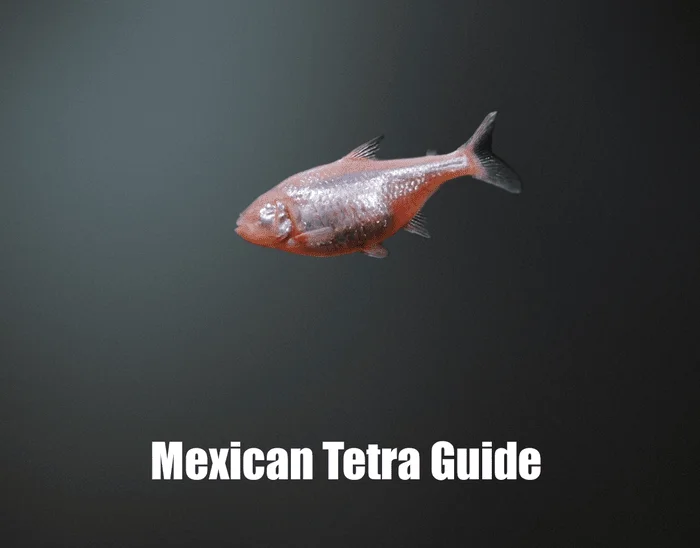
Introduction
Considering Mexican Tetra for your aquarium or looking to enhance their care? This detailed guide is tailored for aquarists of all levels. Mexican Tetra, known scientifically as Astyanax mexicanus and also known as Blind Cave Tetra are a unique addition to freshwater tanks. This guide will cover everything you need to know to ensure your Mexican Tetra flourish.
Understanding Mexican Tetra
Origin and Characteristics
The Mexican Tetra, or Blind Cave Tetra are indigenous to the rivers and streams of Northern Mexico and Texas, holds a unique position in the aquarium hobby. These fish, typically growing up to 2 inches in length, are known for their resilience and adaptability. They exhibit a range of colors from silver to olive, often with a subtle iridescence that enhances their appeal in aquarium settings. Its blind cave form, however, is notable for having no eyes or pigment; it has a pinkish-white color to its body (resembling an albino. During the breeding season, males often display intensified colors and heightened activity. What endears them to aquarists is their hardy nature and the ease with which they adjust to various environments, making them suitable for both novice and experienced fish keepers. Mexican Tetra are active and robust swimmers, often seen exploring different tank levels. Their tendency to shoal and engage in playful interactions adds a vibrant and energetic dynamic to any aquarium setup.
Behavior and Tank Mates
Mexican Tetra are sociable, schooling fish and should ideally be kept in groups of six or more to encourage their natural behavior. These tetra are well-suited for community tanks, cohabiting harmoniously with other peaceful and similarly sized fish. Their active swimming style and non-aggressive demeanor make them a popular choice among aquarists. Some common and suitable tank mates for Mexican Tetra include:
- Other Peaceful Tetras: Such as Neon or Rummy Nose Tetra.
- Dwarf Cichlids: Like Apistogrammas, which are also peaceful.
- Peaceful Barbs: Like Cherry Barbs.
- Dwarf Corydora: Peaceful bottom dwellers.
- Small Rasboras: Harmonize well in a community tank.
- It’s important to choose tank mates that are peaceful and won’t outcompete the Mexican Tetra for food
Remember, while choosing tank mates, consider factors like water parameters, size, temperament, and dietary needs to ensure a harmonious aquarium. Also, always introduce new fish gradually and monitor their interactions to ensure a peaceful environment. 🐠
Setting Up the Perfect Tank
Tank Size and Conditions
A 30-gallon tank or larger is recommended for a school of Mexican Tetra but they will benefit from some more swimming room. These Tetra thrive in specific water conditions that mimic their natural habitat. Additionally, maintaining ideal water parameters is the key to ensuring their health and well-being in a home aquarium. Here’s a breakdown of their ideal water conditions:
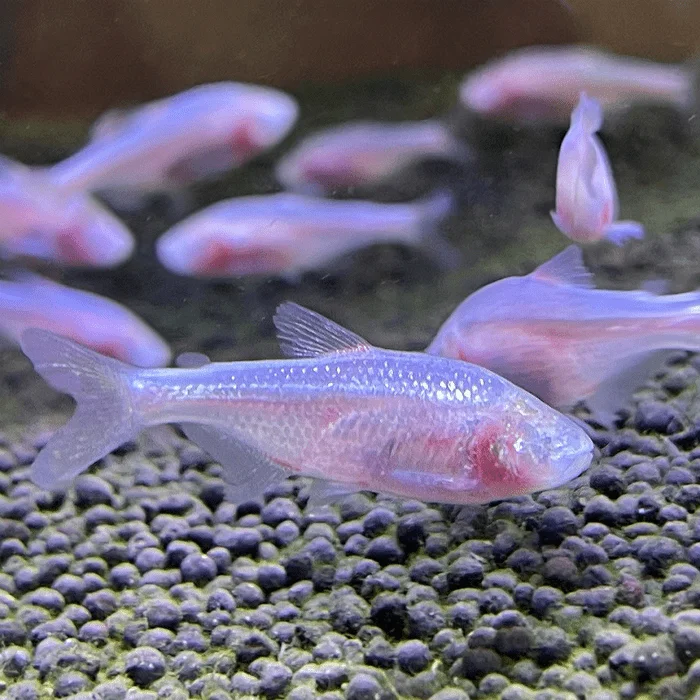
- Temperature: 68°F to 77°F (22°C to 28°C). This subtropical temperature range helps in promoting their natural behavior.
- pH Level: 6.5 and 7.5, slightly acidic to neutral water conditions.
- Water Hardness: 8-12 dGH, indicating they prefer soft to moderately hard water
- Water Quality: Like most fish, Mexican Tetra require clean and well-oxygenated water. Regular water changes (about 25% per week) are recommended to maintain good water quality. It’s crucial to remove any chlorine or chloramine from tap water before adding it to the tank.
- Nitrate Levels: Keeping nitrate levels low is important, as high levels can be harmful. Aim to keep nitrates below 20 ppm.
- Ammonia and Nitrite Levels: Both ammonia and nitrite should always be at 0 ppm. Even small amounts of these can be toxic to fish.
It’s important to use a reliable aquarium test kit to regularly monitor these water parameters. Sudden changes in water conditions can stress or harm your fish, so any adjustments should be made gradually. Maintaining stable water conditions is key to the health and longevity of your Mexican Tetra. 🌊
Lighting and Decor
- Moderate Lighting: Mimic their natural, slightly shaded habitat with moderate lighting.
- Day/Night Cycle: Maintain a regular cycle, typically around 10-12 hours of light per day.
- Plants: Dense vegetation, including tall and floating plants, to provide hiding spaces and a natural environment.
- Substrate: A dark-colored substrate can enhance the natural colors of the fish.
- Hiding Places: Include driftwood, rocks, and caves for shelter.
- Open Swimming Space: Ensure ample free-swimming space to accommodate their active swimming behavior.
Diet and Nutrition
Feeding Habits
Mexican Tetra are omnivorous. Therefore, a balanced diet including high-quality flake foods, frozen or live brine shrimp, daphnia, and occasional vegetable supplements will keep them healthy.
Feeding Schedule
Feed them small amounts once or twice a day, being careful not to overfeed.
Health and Wellness
Breeding Tips
Breeding Mexican Tetra, including their unique blind cave variant, can be an intriguing experience. These fish are known for their resilience and adaptability, but breeding them successfully requires specific conditions and care. Here are some tips to guide you through the process:
- Breeding Tank: Set up a separate tank with soft, slightly acidic water (pH around 6.0-6.5) and a temperature of about 77°F (25°C). Dim lighting and fine-leaved plants or spawning mops are recommended. Provide a soft, sandy substrate and include plants or spawning mops for the fish to lay their eggs. Cave-like structures or hiding places are especially important for the blind cave form.
- Identifying and Introducing Breeding Pairs: Choose healthy, mature fish (around 6-12 months old). The males are typically brighter and have slightly longer fins. Introduce them into the breeding tank, ideally one male to every two females.
- Condition the Breeders: Feed them high-quality live or frozen foods to encourage spawning.
- Spawning Process: Introduce a well-conditioned pair or small group. Spawning usually occurs in the morning.
- Post-Spawning Care: Remove the adults post-spawning to prevent egg predation. The eggs typically hatch in about 24-48hrs.
- Rearing Fry: Start with infusoria or liquid fry food, then graduate to baby brine shrimp as they grow.
Remember, patience is key when breeding fish. It might take a few attempts before you see success. Keep a close eye on the water parameters and the health of both the adult fish and the fry to ensure a successful breeding experience. Good luck!
Common Health Concerns
Mexican Tetra, including the unique blind cave variant, are generally hardy but can encounter common health issues similar to other tetra species, such as ich (white spot disease) and fungal infections. These problems can significantly impact Mexican Tetra, known for their robust nature and adaptability. Ensuring optimal tank conditions is critical for their health. This includes conducting regular water changes, maintaining stable water parameters (pH, temperature, and hardness), and providing a well-balanced diet to strengthen their immune system. Although Mexican Tetras are versatile in terms of water conditions, they do best in environments that mimic their natural habitat, which includes neutral to slightly alkaline water. Vigilant monitoring of the tank for signs of stress or disease is vital. Prompt identification and treatment are key to preventing these common health issues from worsening. A clean, stable environment tailored to their specific needs is essential for the wellbeing of Mexican Tetras. Learning more about effective tank management is crucial to ensure the health and vitality of these fascinating fish in your aquarium.
Life Expectancy
With proper care, these tetras can live up to 5 years. Regular monitoring and maintenance of the tank environment are key to their longevity
Lemon Tetra Wrap Up
In conclusion, the Mexican Tetra, including its remarkable blind cave variant, adds a touch of resilience and adaptability to any freshwater aquarium. By adhering to the guidelines outlined in this comprehensive care guide, you can create a thriving habitat that meets the distinct requirements of your Mexican Tetras. These fish, with their hardy nature and intriguing behavior, not only adapt well to various aquarium settings but also bring a sense of vitality and natural curiosity. They are particularly fascinating for their ability to thrive in both sighted and blind forms, showcasing the remarkable adaptability of nature. Remember, the key to a healthy and vibrant aquarium is maintaining a stable and supportive environment. By providing your Mexican Tetra with consistent water conditions, a nutritious diet, and attentive care, you’ll ensure that these unique fish continue to flourish, bringing a sense of wonder and intrigue to your aquatic setup.
Share Your Tetra Experiences
Do you have any stories or tips about your Tetra tank? Share them in the comments below!
Help Others Discover This Guide
Navigate the Tetra in your tank with confidence. This guide is your pathway to creating a vibrant and healthy aquatic showcase. Enjoy the dazzling colors and lively nature of these unique fish!

